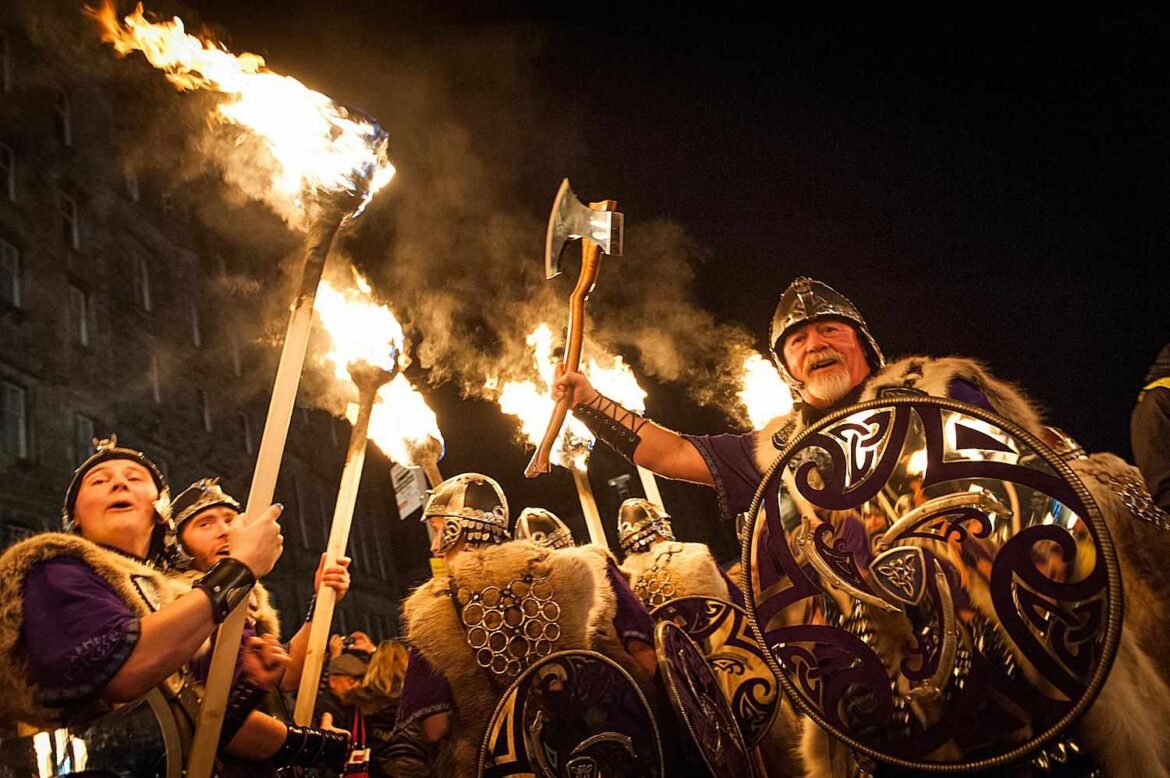As the clock strikes midnight on December 31st, people across the world unite in a shared celebration of new beginnings. The essence of the New Year is hope, joy, and renewal the ways in which it is observed vary widely, reflecting the rich tapestry of cultures worldwide.
In Spain, the New Year begins with a challenge, eating 12 grapes in sync with the 12 chimes of midnight. Each grape symbolizes a wish or a month of good fortune. This tradition, known as “Las Doce Uvas de la Suerte”, is said to bring prosperity and happiness for the year ahead.
In Japan, the “Joya no Kane” ceremony involves ringing temple bells 108 times to cleanse the soul of past year’s sins and impurities. Families clean their homes in preparation for the New Year, a custom known as “osoji”, symbolizing a fresh start. The celebration also includes sharing traditional dishes like “ozoni”(soup with rice cakes) and “mochi” for good fortune.
In Denmark, people celebrate by smashing plates on their friends’ doorsteps. The more broken plates you find outside your door, the more loved and popular you are. It’s a loud, fun-filled way to ring in the New Year with camaraderie.
On Brazil’s beaches, revelers wear white to symbolize peace and purity. Many take to the sea, jumping over seven waves while making a wish for each. This practice honors “Iemanja”, the sea goddess in Afro-Brazilian culture, believed to bring blessings.
Scotland’s “Hogmanay” is legendary, featuring torchlight processions, fire festivals, and the tradition of “first-footing”. The first visitor to enter a home after midnight is believed to bring luck, especially if they bring coal, shortbread, or whiskey as gifts.
In the Philippines, the New Year revolves around circles, symbolizing coins and wealth. From polka-dotted clothing to round fruits on the dining table, Filipinos embrace this shape to attract prosperity.
In Greece, families bake a special cake called “Vasilopita”, named after St. Basil. A coin is hidden inside the cake, and whoever finds it is believed to be blessed with luck for the year. The cutting of the cake is a ceremonial moment, bringing families together in celebration and hope.
While the rituals differ, the underlying message is the same, the New Year is a time to bid farewell to the past and embrace the future with hope and positivity. These traditions remind us of the beauty of diversity and the shared human desire for joy, peace, and progress. No matter how we celebrate, the spirit of the New Year is universal, a fresh start full of possibilities.



Leave a Reply